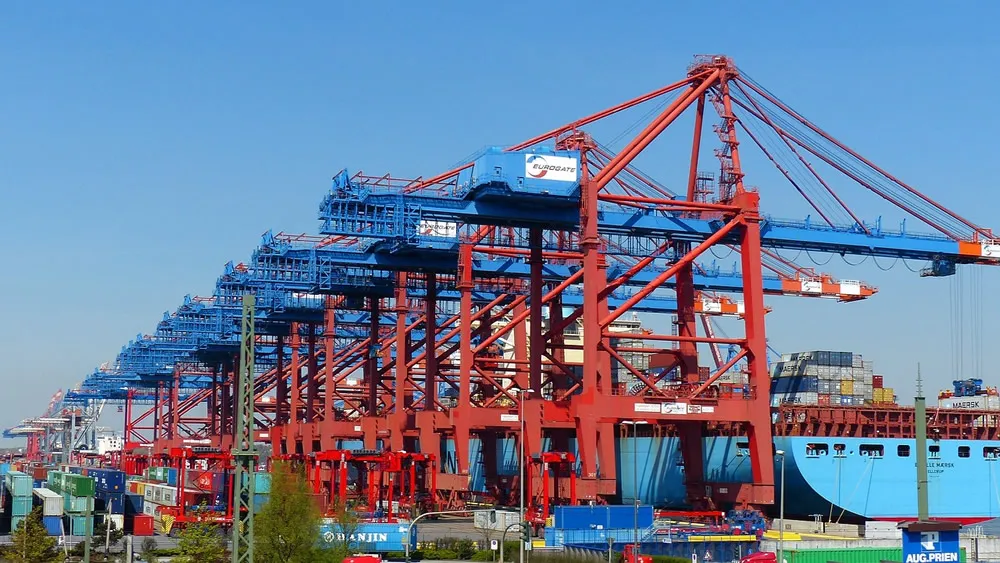Mr. Niu recently purchased a box of shampoo from Japan, but it was detained by customs, requiring him to pay an additional 50% tax; Mr. Niu package of German kitchenware lay 'stalled' at customs for three full weeks. With the explosive growth of cross-border e-commerce, personal daily necessities customs clearance failure cases surged by 37% year-on-year in 2023. Today, in just 10 minutes, we will unravel the customs clearance secrets that customs will never proactively tell you.
I. Customs' 'High-Risk List' for Daily Necessities

The Entry Article Classification Table revised by the General Administration of Customs in 2023 shows that the following three categories of daily necessities are most prone to 'stepping on mines':
- Liquids: Perfume/shampoo single bottles exceeding 300ml are subject to mandatory inspection
- Composite Materials: Kitchenware with metal components requires additional quality inspection
- Electronic Personal Care: Beauty devices and similar items require 3C certification (even for personal use)
Zhongmaoda customs experts revealed: 60% of returned shipment cases stem from incorrect use of HS codes during declaration, for example, misdeclaring electric toothbrushes (8509.80.00) as ordinary toothbrushes (9603.21.00).
II. The Life-or-Death Line for Personal vs. Commercial Customs Clearance
The three golden standards for customs to determine 'reasonable quantity for personal use':
- No more than 3 pieces of the same item (5 pieces for cosmetics)
- Total value not exceeding 5000 yuan (relaxed to 8000 yuan for Hong Kong and Macau sources)
- Entry frequency not exceeding twice within half a year
The new regulations in 2023 explicitly state: parcels mailed separately to the same recipient address will be calculated cumulatively. Ms. Wang once sent 10 bottles of health supplements in 5 separate packages, and was ultimately required to pay an additional 12,000 yuan for commercial declaration.
III. The Devil is in the Details for Customs Clearance Document Preparation

The Zhongmaoda case library shows that complete documentation can shorten customs clearance time by 3-7 days:
- Foreign language instruction manuals must be accompanied by a simplified Chinese translation (handwritten is acceptable)
- Online purchase order screenshots must include payment proof and the logistics waybill in the same frame
- Wooden packaging must display the IPPC fumigation mark
Special attention: FDA certification does not equate to Chinese market access. A certain brand of children's toothpaste was detained as an entire batch because its US FDA documents were not synchronized with the China NMPA filing, leading to the entire shipment being held.
IV. Little-Known Compliance Tips
A customs affairs manager with 15 years of experience revealed:
- Declare the value as the 'actual price paid after discount' (transaction records must be attached)
- Splitting bundled items into individual declarations can lower the tax rate (e.g., skincare gift sets)
- Choosing the 'bonded area shipment' model can avoid 95% of inspection risks
Recently, a cross-border e-commerce company, through Zhongmaoda's 'classification pre-ruling' service, reduced the tax rate for bamboo fiber placemats from 13% to 6.5%.
V. When Your Package Is Detained
Step-by-step response guide:
- Log in to the 'Customs Cross-border E-commerce Personal Customs Clearance Inquiry' system
- Prepare purchase vouchers and scanned copies of both sides of your ID card
- If you dispute the inspection results, you can apply for re-inspection (within 7 working days)
Before your next overseas online shopping spree, consider asking yourself three questions: Can this item truly not be purchased through regular channels? Am I willing to bear 20%-60% in additional costs? Will it affect my life if it's delayed for a month? The essence of cross-border consumption is a choice: exchanging information asymmetry costs for time costs.

Recent Comments (0) 0
Leave a Reply